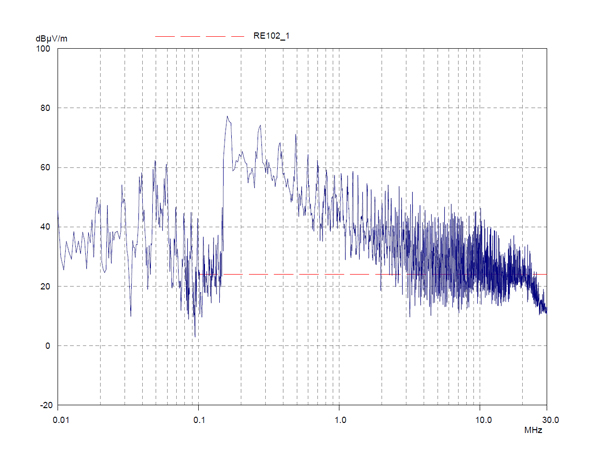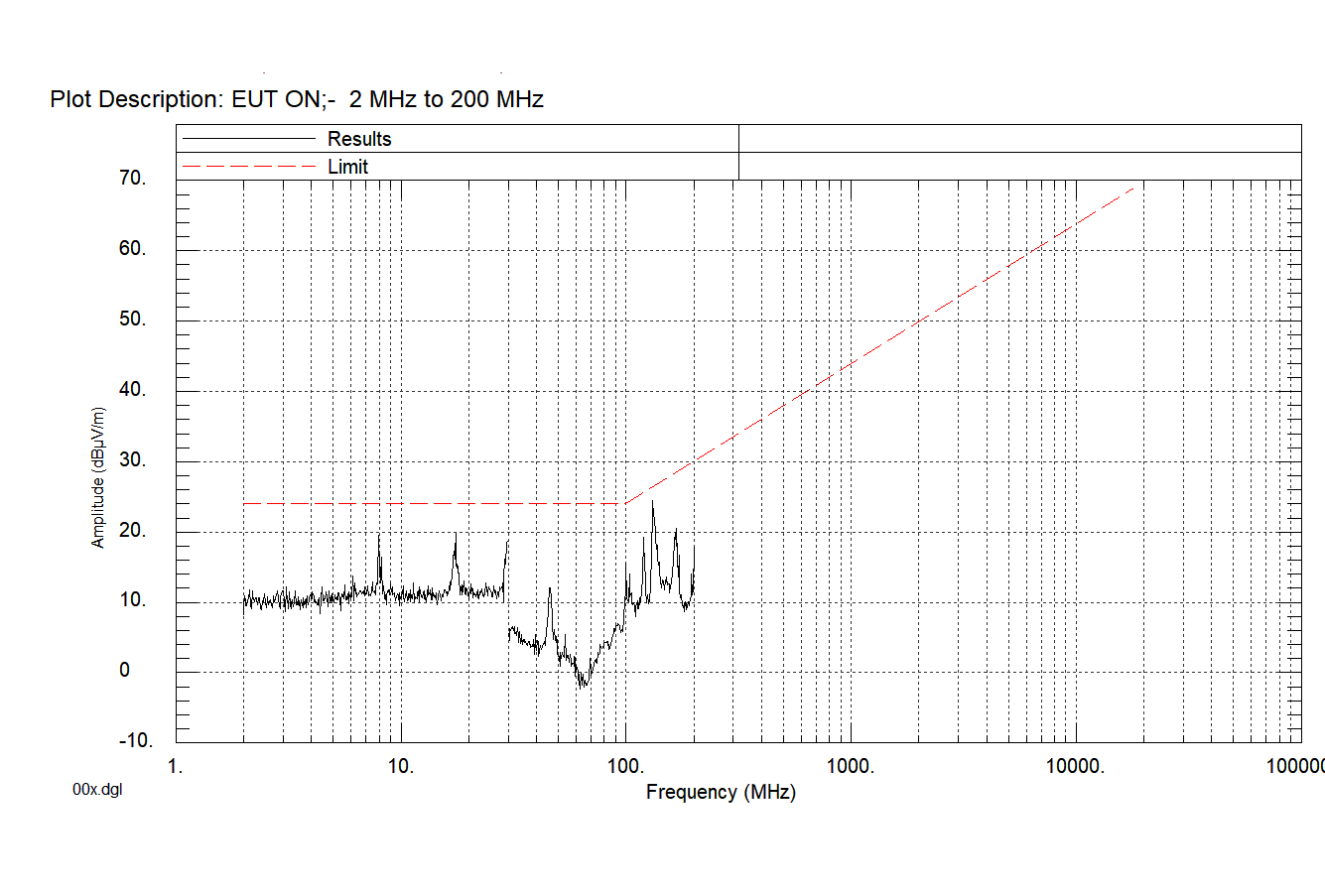We recently wrote a couple of articles on the subject of Touchscreen Technology. These articles demonstrate the differences in usability between Resistive Touchscreens when compared to Capacitive Touchscreens and why we decide to utilise one technology over the other. If you’ve not had a chance to read either of them yet, I would suggest doing so as it gives an insight into why we make the choices that we do when it comes to designing our rugged devices.
The first article highlights the effects of water on Touchscreens and shows how Capacitive Touchscreens are sensitive in the rain whereas Resistive Touchscreens are unaffected and can be used in any wet environment. It can be found here.
The second article demonstrates how Capacitive Touchscreens rely on a naked finger (or a device that mimics a naked finger) to be used effectively. Whereas Resistive Touchscreens can be used by a hand, glove, pen or anything that applies pressure, making it useable all of the time, independent of what you are wearing and with whatever equipment you have available. Give it a read here.
Finally, we want to explain the third reason why GRiD opts for Resistive Touchscreen Technology over Capacitive. It is all to do with the Electromagnetic Compatibility, or EMC performance, of both technologies.
By ‘EMC’ we mean the ability of electrical equipment to function in their electromagnetic environment, by limiting the unintentional generation, propagation and reception of electromagnetic energy which may cause unwanted effects otherwise known as electromagnetic interference (EMI) or, even physical damage in operational equipment. In summary, you do not want your Rugged Tablet or Laptop interfering with and potentially damaging the other equipment you are using or that is within your vicinity. In addition, you do not want your Rugged Tablet or Laptop being interfered with by other equipment in close proximity.
The below plots show the EMC results of a MIL-STD-461 Test, RE102 to Ground Army Limits. The same GRiDCASE 2530 Tablet was tested. The first test with our standard Resistive Touchscreen and the second test with a Capacitive Touchscreen. The limit line shown in red is the level at which radiated emissions must stay below in order to pass the EMC Test.
The Resistive Touchscreen RE102 Test was completed during a formal UKAS Accredited Qualification program so frequencies from 2MHz to 200MHz were tested. For the Capacitive Touchscreen Test we carried out the initial test to 30MHz to assess the results before moving up the frequency range. However, with such poor results, we decided to stop at 30MHz as our point had already been proven. Capacitive Touchscreens are just not suited to EMC sensitive environments.
EMC Results for a Capacitive Touchscreen, in the 0.01-30 MHz Frequency range.

EMC Results for a Resistive Touchscreen, in the 2-200 MHz Frequency Range

As you can see, the results are quite enlightening! The EMC readings from the Capacitive Touchscreen show that it is not capable of meeting the requirements for Military Applications while the EMC results for the Resistive Touchscreen stay well below the acceptable limit line all the way up to 200MHz.
At GRiD, we make sure that all of our devices are qualified to both EMC and Environmental Military Standards. It is because of this that we choose to use Resistive Touchscreens in all of our Rugged Laptops and Tablets. Although Capacitive Touchscreens are commonly used in commercial devices, when it comes to military applications they do not stand up to the needs of the end-users whereas Resistive Touchscreens continue to operate to their full potential regardless of the input device used or the environment it is used in.
If you’re interested in seeing what our devices are capable of, then give one of our team a call on +44(0)1628 810 230 or send us an email to sales@griduk.com and we will be more than happy to show you what is possible with the right tech!

